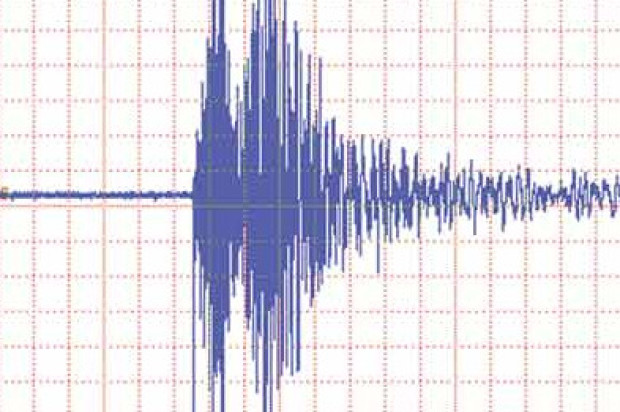
There is a 25 percent chance of a strong and potentially damaging aftershock in the next seven days following Sunday’s 6.0-magnitude earthquake near American Canyon, U.S. Geological Survey officials said today.
The “South Napa earthquake” struck at 3:20 a.m. Sunday northwest of American Canyon about 7 miles below the earth’s surface, USGS officials said. It was the strongest earthquake in the Bay Area since the 6.9-magnitude 1989 Loma Prieta quake that killed 63 and injured 3,757.
Sunday’s earthquake moved the earth several inches along the West Napa Fault, the most seismically active fault mapped between the Rogers Creek Fault to the west and the Concord-Green Valley Fault to the east, according to the USGS.
A 5.0-magnitude quake in the Yountville area in 2000 happened on the same fault and also damaged Napa, while a 6.3-magnitude quake in the Mare Island area in 1898 was along the fault as well.
Most of the damage was concentrated in Napa, northwest of the epicenter, as the rupture sent most of the quake’s energy in that direction. Dozens of aftershocks recorded since then have also sent energy in that direction, USGS officials said.
Seismic researchers are continuing to collect information about the earthquake and are working to improve an early warning test system that alerted the USGS a quake was coming within five seconds and estimated its magnitude at 5.7 within three seconds, soon enough to provide warning to Berkeley, San Francisco and areas farther south.
Scott Morris, Bay City News









